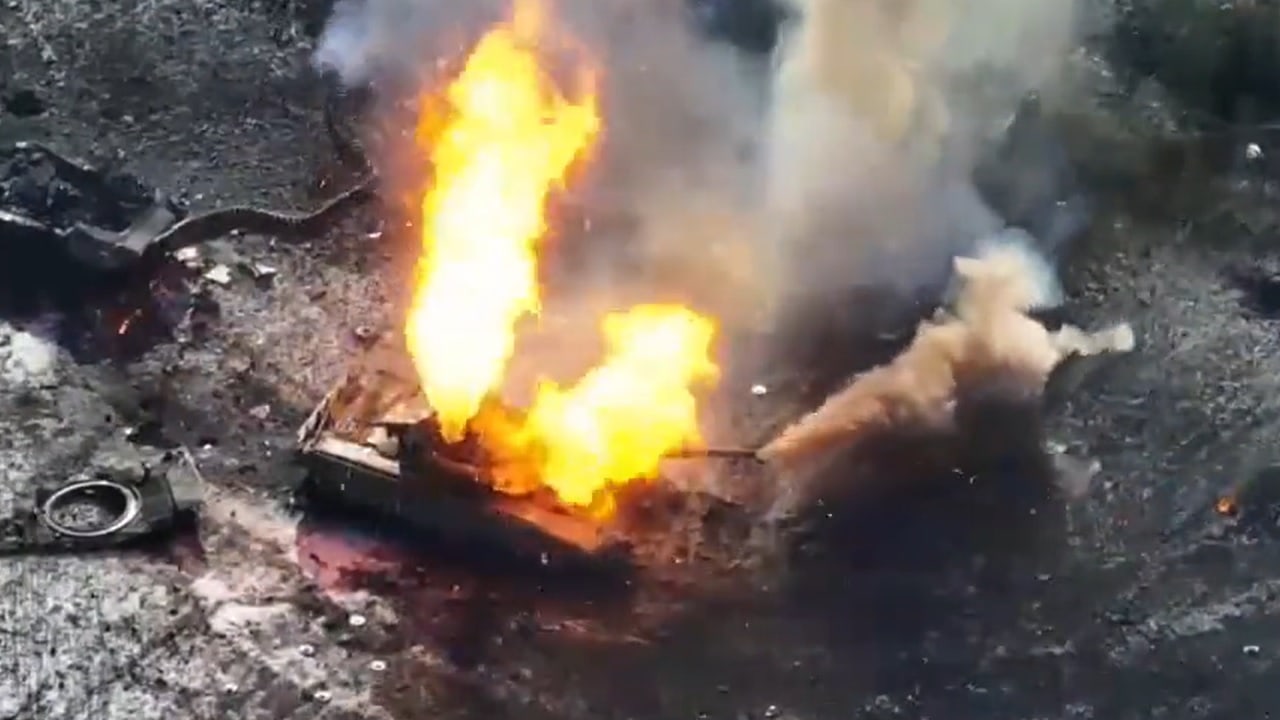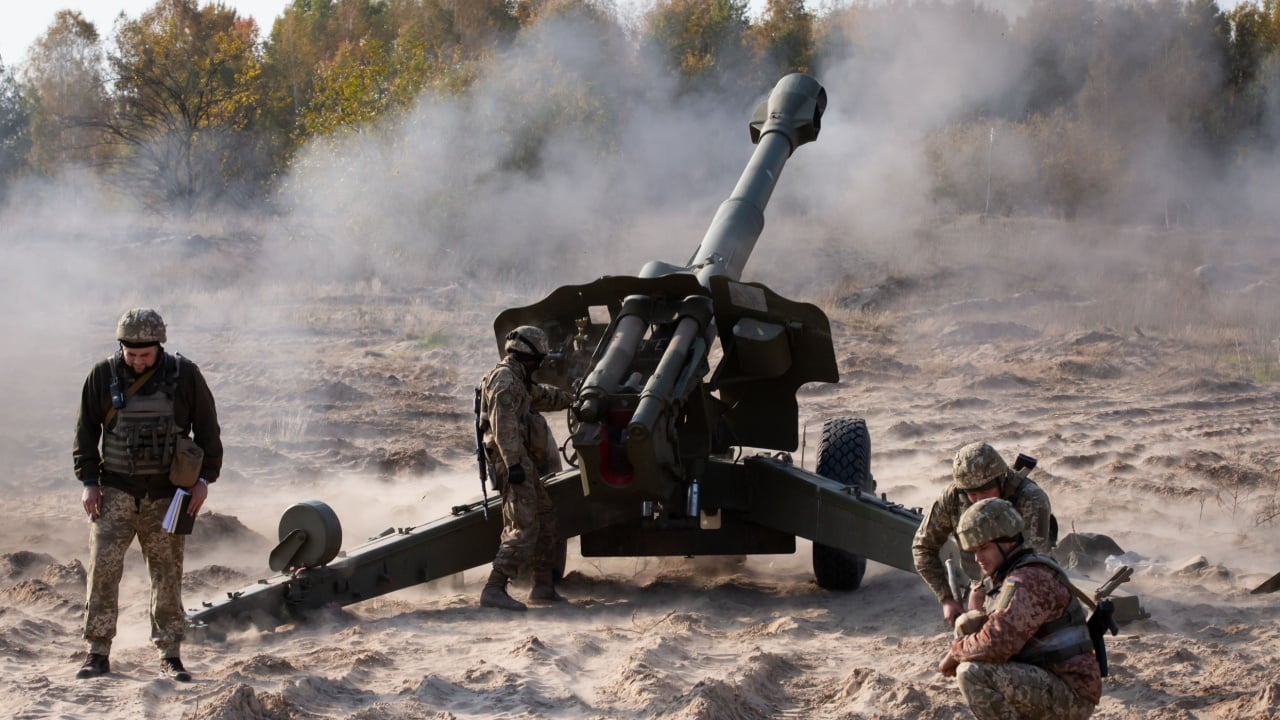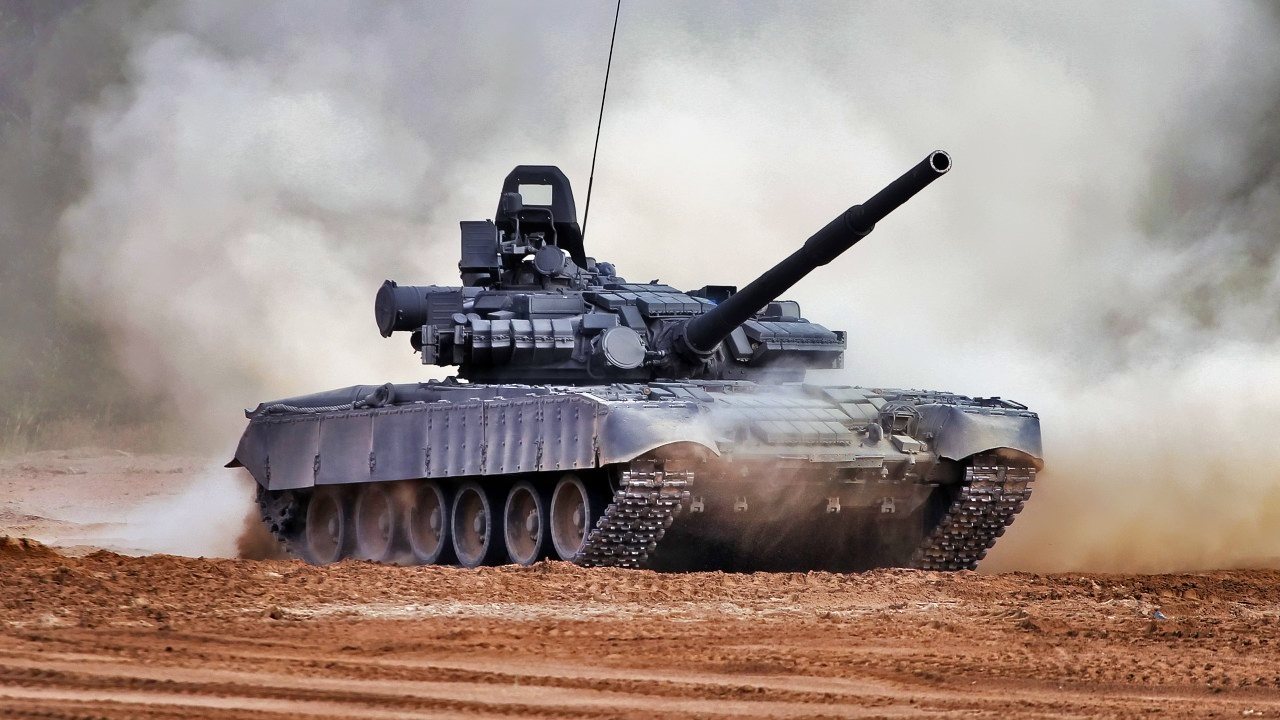Simply cruel: Russia’s “cannon fodder” strategy to win the war in Ukraine

Summary and key points: The Russian military, which has suffered significant losses in Ukraine, is increasingly relying on unconventional units such as the Volunteer Corps. Created in 2023, this unit consists of volunteers, reservists, mercenaries and former prisoners and has a total of around 20,000 men.

– These irregular forces, which often lack artillery or air support, are vulnerable and suffer heavy losses. Nevertheless, they carry out various operations, from sabotage to amphibious raids. The conflict is causing high casualties: Russia loses more than 1,000 soldiers every day and around 550,000 men since the beginning of the war.
– The high turnover rate poses a significant challenge to the Kremlin and poses the risk of social unrest.
Russia’s killing strategy in Ukraine
The Russian military is waging a war in Ukraine that is pushing it to its limits. Russian commanders are increasingly having to resort to unconventional and irregular units to offset the devastating losses that Russian line units suffer daily on the front lines.
One such unit is the Volunteer Corps, whose composition says a lot about how Russia is fighting President Vladimir Putin’s “special military operation” in Ukraine.
The Volunteer Corps
“The Russian (Ministry of Defense) has increasingly used pro-Russian irregular forces in offensive operations, despite them being unprepared and untrained,” said British military intelligence. rated in his recent assessment of the course of the war.
One example of these irregular forces is the Volunteer Corps, created in 2023 and a hodgepodge of troops from a variety of backgrounds, including volunteers, reservists, mercenaries, and former prisoners. Western intelligence estimates put the Volunteer Corps’ strength at about 20,000 men, equivalent to a reinforced division of the U.S. Army. The men of the Volunteer Corps serve under a single command and conduct irregular operations.
“Russia’s irregular formations are mainly light infantry units that lack artillery or air support, making them more vulnerable than their regular counterparts,” British military intelligence said.
Depending on the quality of the irregular unit – and the commander’s connections to the high command – they receive more or less support. Irregular units full of foreign mercenaries are typically used as cannon fodder to wear down Ukrainian defenders and deplete their resources. Russian special forces, on the other hand, expect the most support.
The conflict in Ukraine is ideal for irregular fighting, and both sides frequently conduct such operations. Sabotage operations deep behind enemy lines, amphibious raids using jet skis, night raids across rivers, targeted suicide attacks using drones, and raids on trenches are some of the irregular actions taking place in the Ukraine conflict.
“Consequently, these formations have probably suffered proportionally higher losses than regular Russian units over the past nine months,” British military intelligence concluded.

As we have already discussed here at The national interestThe number of victims is an issue of particular concern to the Kremlin.
Currently, over 1,000 men are killed, wounded, or captured every day. In May, Moscow lost nearly 40,000 soldiers in its failed offensives around Kharkiv and in the Donbass. In total, Russian forces have lost approximately 550,000 men, as well as tens of thousands of tactical vehicles and heavy weapons systems, in 29 months of fighting. Although the Russian government seems willing and able to absorb such losses, such attrition cannot continue indefinitely without causing serious social unrest in Russia. After all, it is one thing to lose nearly 20 million soldiers and civilians fighting the Nazi threat in World War II, and quite another to lose hundreds of thousands of men in an illegal invasion of a foreign country.
About the author
Stavros Atlamazoglou is an experienced defense journalist specializing in Special Operations and a veteran of the Greek Army (military service with the 575th Marine Battalion and Army Headquarters). He holds a BA from Johns Hopkins University and an MA from the Johns Hopkins’ School of Advanced International Studies (SAIS). His work has been featured in Business Insider, SandboxxAnd SOFREP.
All images are Creative Commons/Shutterstock.



